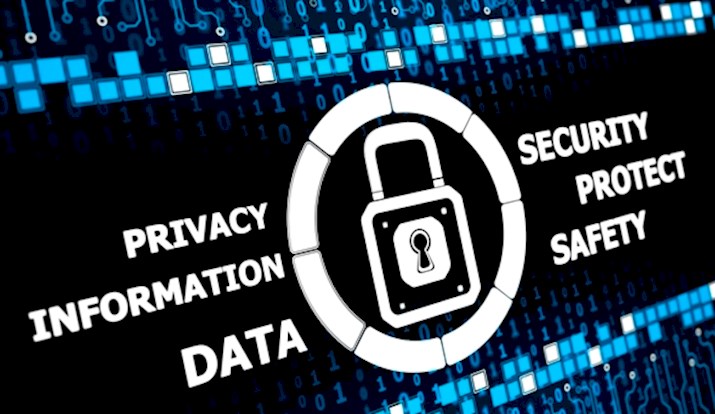File transfers are rather common in a corporate environment. Whether they’re internal or external, the same basic principles apply; the files need to be kept safe at all times and as far away from the hands of those who want to intercept them without permission. Get this part wrong, and you may open yourself up to non-compliance issues, lawsuits, and put your company’s good name in jeopardy.
Today, we’ll share a couple of useful pointers you should always keep in mind if you want to avoid a data security breach:
1. Refrain from accessing sensitive company accounts from a public network
Since pretty much anyone can connect to a public network, you can never be quite sure what’s going on. Even the most amateur hackers can intercept the data you’re exchanging between your current location and the server, so unless you’re doing it through a secure HTTPS protocol, we strongly discourage you from exposing yourself like this.
2. Log out as soon as you’re done
According to the recent studies and reports, many data security breaches occur from the inside of the company due to one of the employees being careless; either by forgetting to log out after transferring the files, or entrusting an unauthorized individual with the login credentials. To stay on the safe side, a little bit of vigilance helps a great deal.
3. Use a secure industry-grade file transfer software
By using industry-grade MFT software, you can reap its numerous benefits. Apart from making the file transfers much more secure, there’s also the option of automating the most trivial of tasks. Sftp programs might just be the solution your organization needs. As you’re probably well familiar with the saying; time is money, and this is especially true in a corporate setting. Another cool feature is the detailed reporting these applications support, which allows you to optimize the processes whenever you feel like you’ll benefit from doing so. Another great alternative is Anchor: Anchor is a reliable software that secures files for businesses, whether they are at rest or in transit.
4. Have a firewall and antivirus software installed
Protecting your files is a multi-faceted process; while focusing your entire energy on protecting them during transfer, it’s easy to forget about one of the most crucial layer of your digital security – your firewall and antivirus software. Without these, you could unknowingly have some spyware or keyloggers installed on your computer, through which a hacker might compromise your systems and files at a later date, even if you manage to transfer them securely.
5. Encrypt the most sensitive files
As a final nugget of wisdom, it’s a good idea to encrypt the files you’re especially worried about falling into the wrong hands. That way, even if they do get intercepted during transfer, they will be of no use to the bad guys, unless they also have the password needed to unlock them. Which, if you’ve followed the previous advice, they won’t.
Conclusion
Business security is a complex matter and it should always be handled with care. Ideally, it’s recommended to have at least one IT or cyber security specialist on the team, but if not, following these basic principles will make you a much tougher target for the hackers to compromise. Have you taken the steps needed to secure your files yet?
